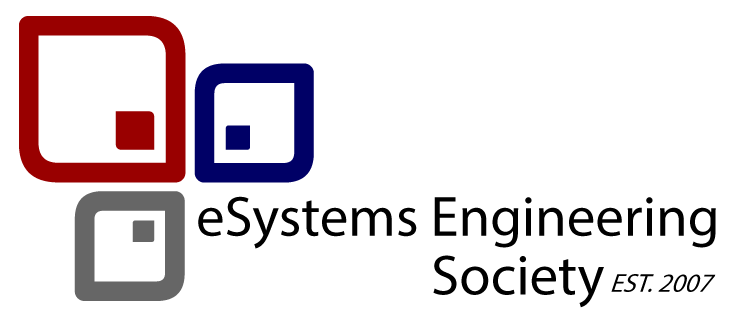This special session is organized and supported by Kyoto University, Kazan Federal University, Mahidol University and Ritsumeikan University
Synopsis
A long-standing goal of rescue robotics is allowing robots to work in environments unreachable or too dangerous for a human. A wide range of rescue robotics applications includes exploration of volcano craters, wilderness and labyrinths of dangerous old mine tunnels, work in high pressure and poisonous environments of nuclear and chemical plants, substituting human teams in scouting and mine clearing, supporting antiterrorist operations etc. Rescue robots extend capabilities of human rescuers while increasing their safety, and execute tasks, which are beyond our natural abilities. One of the particular rescue robotics applications is urban search and rescue (USAR) domain, which is probably one of the most dangerous environments with victims often buried in unreachable locations. The catastrophe at Fukushima Dai Ichi nuclear plant emphasized the importance of USAR research, pointing out specific case of high radioactive contamination, which prevents human personal from executing any tasks within such an environment and introduces high requirements for mobile robot’s equipment, communication and sensory capabilities.
Topics:
This special session invites authors to submit high-quality research papers on the topics which include (but are not limited to) the following:
- Information systems for disaster management
- Disaster modelling and simulation
- Data exchange in disaster scenarios
- Robots and swarms in disaster scenarios
- Collaboration of homogeneous and heterogeneous robotic teams in disaster scenarios
- Perception and sensors for navigation, hazard detection, and victim identification
- Path planning, navigation and SLAM in extreme environments
- Detection and negotiation with chemical, biological, radiological, nuclear and explosive hazards
- Manipulation of hazardous materials
- Humanitarian applications
- Human-robot interaction and interfaces in disaster scenarios
- Infrastructure inspection
- Mobility in difficult and confined spaces
Paper Submission:
Prospective authors are invited to submit full-length papers (not exceeding 6 pages) conform to the IEEE format . All papers will be handled and processed electronically via the EDAS online submission system.
Submission implies the willingness of at least one of the authors to register and present their papers.





